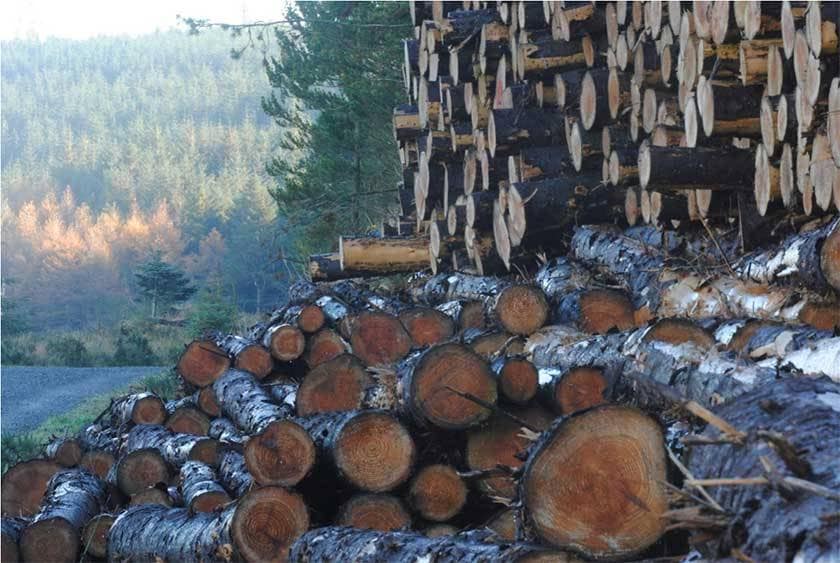
Hello everyone! It’s Kaoru the composer.
This time, I would like to talk about wood used for guitars, basses, drums, stringed instruments, and things of that nature.
Various types of wood is always listed in the specifications of musical instruments, but each wood has its own characteristics.
Please read this article to learn how to choose the right instrument for you!
■ Characteristics of Wood
First, let's pick up the woods that are often used for the body.
○ Alder
Alder wood is a type of solid wood cut from broadleaf trees that are grown and distributed mainly in North America and Europe.
It has a whitish color after harvesting, but over time it changes to a light reddish brown or light yellowish brown.
This wood has become popular not only for musical instruments but also for furniture because of its very beautiful appearance and the fact that the grain of the wood is not too strong.
The softness of the material also makes it easy to cut, making it ideal for guitars.
It is also important to note that the color of the wood changes over time, which is difficult to see in instruments that are painted or coated!
The sound has a clean, uncluttered tone that is well-balanced throughout the entire range.
It is often used in Fender Stratocasters and Telecasters.
○ Ash
A kind of broadleaf tree widely distributed mainly in the temperate and tropical zones.
It is also called katsuyohju (broadleaf tree).
It is used for various purposes such as musical instruments, furniture, flooring, and construction.
One of its main characteristics is that the grain of the wood is so beautiful that it is called “the queen of trees”!
When dried, it becomes quite hard, making it difficult to cut by any one person.
The sound has excellent attack and response, and is very crisp.
It is also characterized by its heavy weight due to its packed fibers.
It is said that the heavier the wood is, the richer the sound in the bass register.
○ Basswood
Basswood is a medium to large-sized tree well known in central and eastern North America.
It is used for carvings, moldings, furniture, interior decoration, and musical instruments.
It is easy to work and will not split when nailed.
It also adheres well to paint and is easy to glue.
Because it is lightweight, flexible, and inexpensive, it is often used in low-priced/mass-produced guitars.
The sound is not peculiar, and it reflects the characteristics of the pickups and the design of the body well, so it is often used on the backs of high-end guitars.
It is often used in heavy guitars such as Ibanez, Jackson, and Schecter.
○ Maple
Maple is widely distributed in North America, including the United States and Canada.
In Japan, it is called kaede or momiji, and is a familiar wood to the Japanese.
It is widely used for decoration because of its beautiful appearance and is often used for crafts, auto parts, musical instruments, and furniture.
By the way, a bird's eye that forms in the wood is very rare and expensive because only one bird's eye can be obtained out of several tens of thousands to several hundred thousand pieces of wood.
Since it’s so rare, a bird's eye pattern is usually made into high-end models of musical instruments.
The presence of grain means that the grain is not uniform, making it weaker than wood without grain. Thus, it is unsuitable for bass necks.
○ Mahogany
Mahogany is grown artificially in Central and South America and Southeast Asia.
Mahogany is easy to cut due to its large vessel and softness, and is characterized by its three-dimensional appearance called ribbon grain that appears with the direction of the fibers.
It is often used for high-end furniture and high-end musical instruments.
In guitars, it is known to be used on the backs of Gibson Les Paul guitars and the bodies of SG guitars.
Mahogany has been used as body and neck material for a long time, but it’s not ever used for fingerboards.
The sound is steadfast and thick, with a slight midrange.
Because of these characteristics, mahogany is a perfect match for humbucker pickups.
○ Ebony
bony is a broad-leaved tree widely distributed from India to Southeast Asia.
It is called kokutan in Japan.
As the name suggests, it is characterized by its very black color.
The sound is tight with a clear attack and good rise.
Most often used for fingerboards on guitars and basses.
Since the number of this wood is decreasing, it is becoming scarcer and scarcer.
The price of ebony is rising due to this issue.
○ Bubinga
Bubinga is a tree native to Africa.
It has a reddish appearance and excellent durability, and is used for flooring, decoration, and furniture.
It is used as a reinforcement for necks and is often used for necks called “five-piece necks” and the like.
They are also sometimes used for wadaiko drums.
I imagine that this wood is often used in Warwick basses!
Here are some guitars that I have my eye on!
SUHR / Modern Plus RM Trans Blue Denim Slate
As explained above, flame maple is used for the top of the body.
The graininess unique to flame maple is very beautiful, isn't it?
The back is made of basswood, which has no peculiarities.
The pickups include SSV (neck), V60LP (middle), and SSH+ (bridge), allowing you to switch between a variety of sound characters.
We can expect it to be an all-rounder that can be used in a variety of genres!
The above is an explanation of the “woods” of guitars/basses!
By learning the characteristics of each wood, you can imagine what you can expect from the wood.
It is a good idea to know what to expect! Please use it as a reference when selecting an instrument!
The “sound & person” column is made up of contributions from you.
For details about contributing, click here.





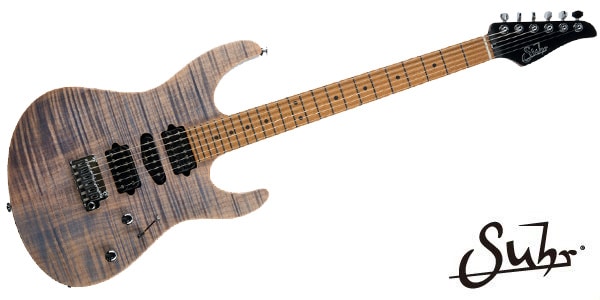







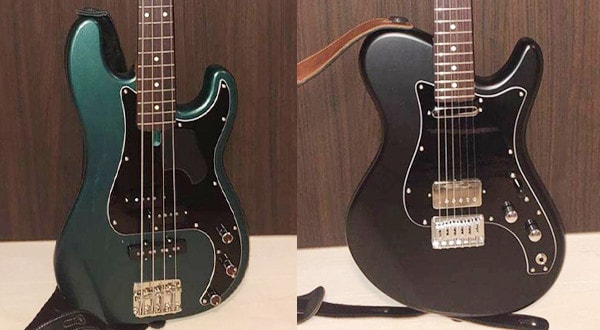
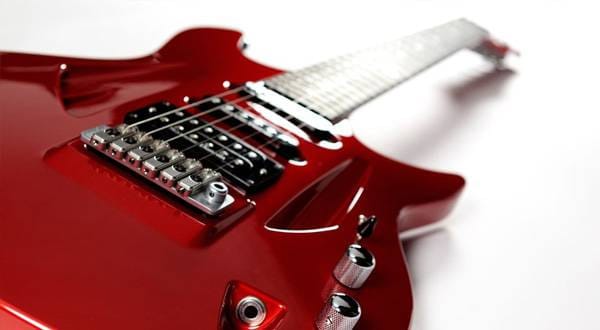
![[Acoustic Guitars] About materials used in acoustic guitar](/contents/uploads/thumbs/5/2020/6/20200605_5_10266_1.jpg)
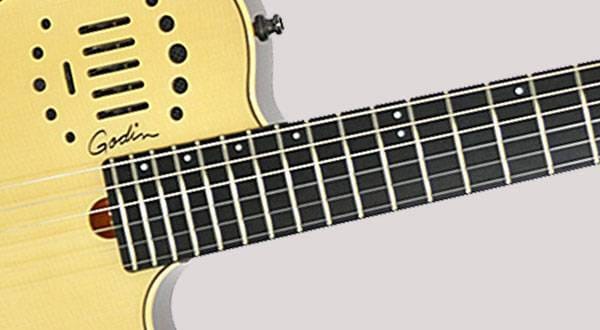
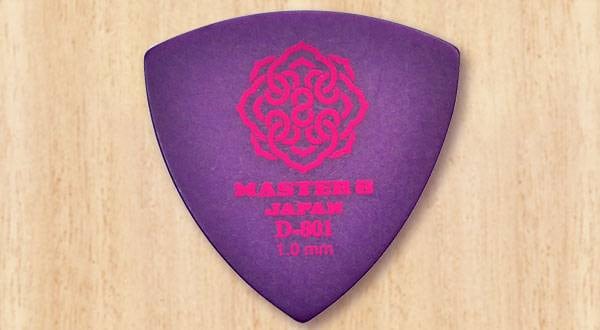

 バンドあるある相談
バンドあるある相談
 バイオリンの基本的な取り扱い
バイオリンの基本的な取り扱い
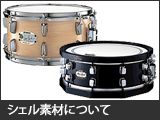 シェル素材について
シェル素材について
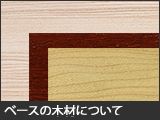 ベースの木材について
ベースの木材について
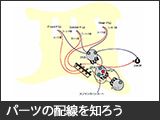 パーツの配線を知ろう
パーツの配線を知ろう
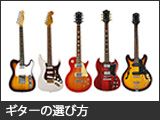 ギターの選び方
ギターの選び方















